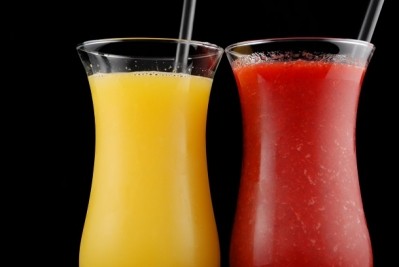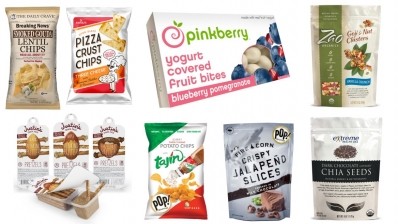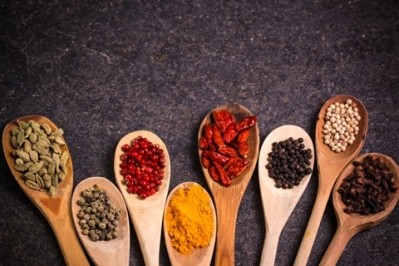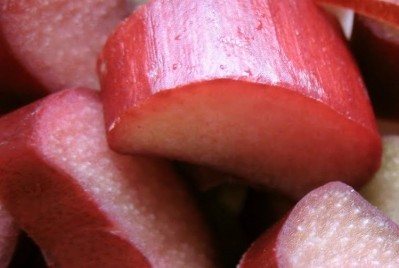IFT 2016 in review
Trend toward snacking blurs when consumers want specific flavors & foods
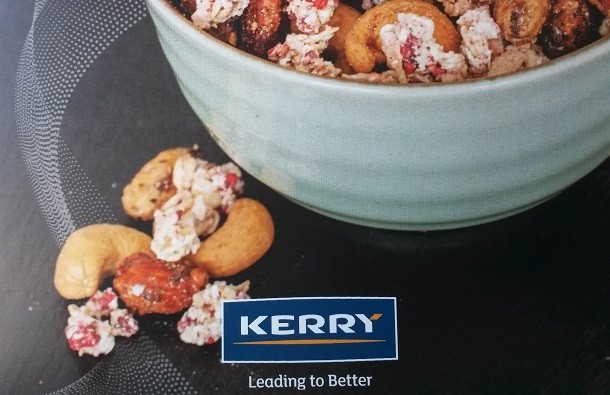
“Snacking has evolved in its terminology and what it means. Snacks used to be what you ate out of a bag or what you ate alone while you were driving down the road. But now snacking has almost become its own day part,” similar to breakfast, lunch or dinner but in between those times, said Scott Walnofer, director of culinary foodservice at Kerry.
As such, he explained at IFT’s Food Expo in Chicago in mid-July, the times when people eat specific foods are blurring.
“The old consumer was conditioned on what are breakfast foods, what are lunch foods and what are dinner foods. The same thing for beverages. Now that is all being disrupted,” added Andy Royston, Kerry’s global chief marketing officer.
For example, he said, “you see this with all day breakfast and millennials now drinking coffee at every day part.”
Similarly, consumers are now eating pastries all day instead of just in the morning as an accompaniment to their afternoon or evening coffee, Walnofer added. He also pointed out that smoothies are no longer restricted to breakfast, but are being embraced as a refreshing afternoon pick-me-up.
As a result of this shift, snacks are no longer restricted to salty or indulgent – they are also increasingly healthy and fresh, Walnofer said.
While the types of foods consumed at different day parts expands, the size is shrinking so that the portions are much more on-the-go friendly versus a large meal that might slow consumers down, they both noted.
What is driving the shift in what Americans eat when?
The blurring between traditional breakfast, lunch and dinner type foods is due in part to the increasing digitization of American culture, Walnofer said.
He explained: “It used to be we assumed that everyone was an 8 to 5 consumer and had their breakfast and lunch and then came home from work and had dinner. But society is transitioning around a new clock and when and how we work. Technology allows us to work anywhere, anytime of day,” and manufacturers are just starting to catch on to this and offer products that are more flexible for this new environment and marketplace.
The Internet and development of ecommerce also has led people to want and expect more instant gratification because they can now go online and order food when they want without having to wait until the next traditional meal time for a specific food, Royston said.
He also noted that the Internet has exposed Americans to more cultures, many of which eat five or six smaller meals a day, rather than the traditional three in the US. While other cultures still call these smaller servings “meals,” Americans call them snacks.
Shifting flavor trends
As consumer perceptions about what they can eat when changes, so too are their ideas about flavor profiles are available for snacks.
For example, while the smoky notes of barbecue might have been relegated previously to lunch or dinner at a restaurant, consumers can now enjoy them in on-the-go snacks, Walnofer said. He explained that for IFT he created a Campfire Crisp Trail Mix that included smoked cashews, which doubles as an example of what Kerry can do following its acquisition of Red Arrow Products in late 2015.
The trail mix also showcased the still-popular salty-sweet combination of sea salt and pepper glazed almonds and natural strawberry clusters.
Other snack flavors that remain popular include coconut, which Walnofer incorporated into a muffin that could be enjoyed at any time of day. For support, he pointed to research from Dataessential that found consumer interest in coconut is up 13.4% in the last four years in new menu items.
Finally, he said, tropical fruits are seeing a boost in snacks. He explained that while fruit has always been popular, consumer perception of it is shifting towards instant gratification and as a source for clean, natural energy.
In addition, Walnofer noted, tropical fruits perform well when layered with other flavors to meet consumer’s increasingly complex palate preferences. For example, he said, real pineapple, fire roasted peaches and mangoes blended with green tea are popular choices now.
